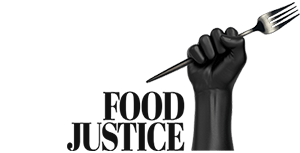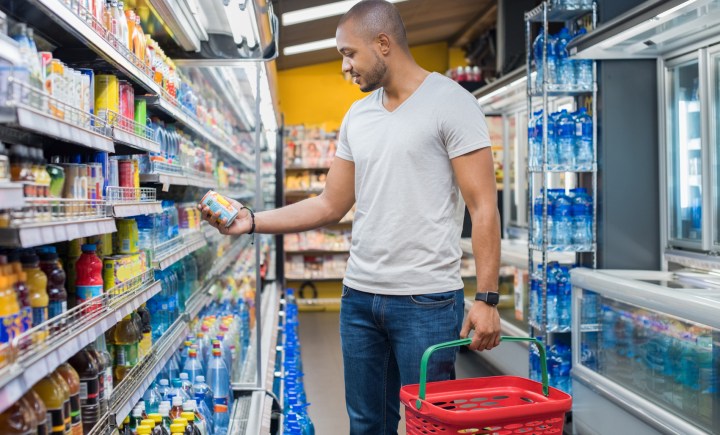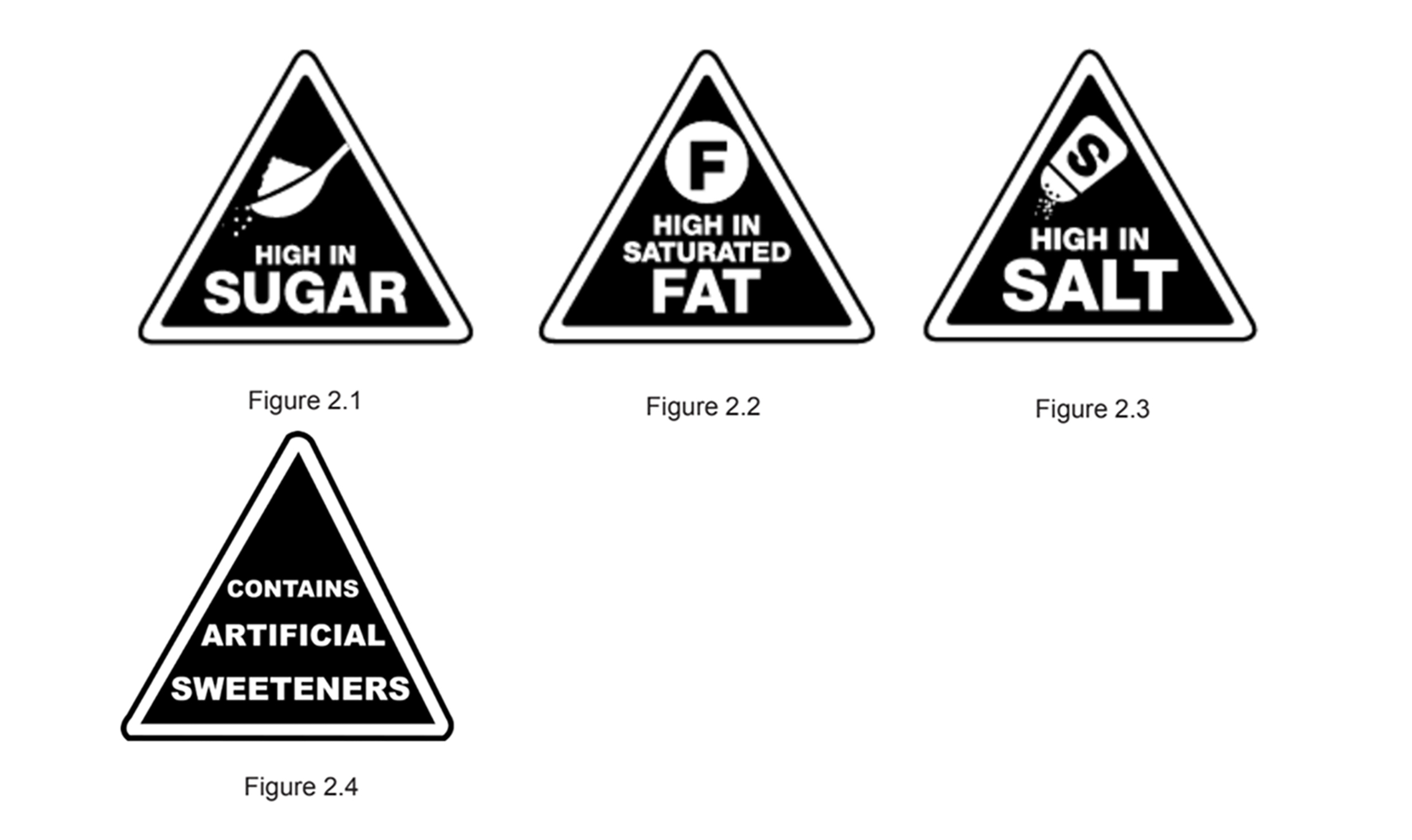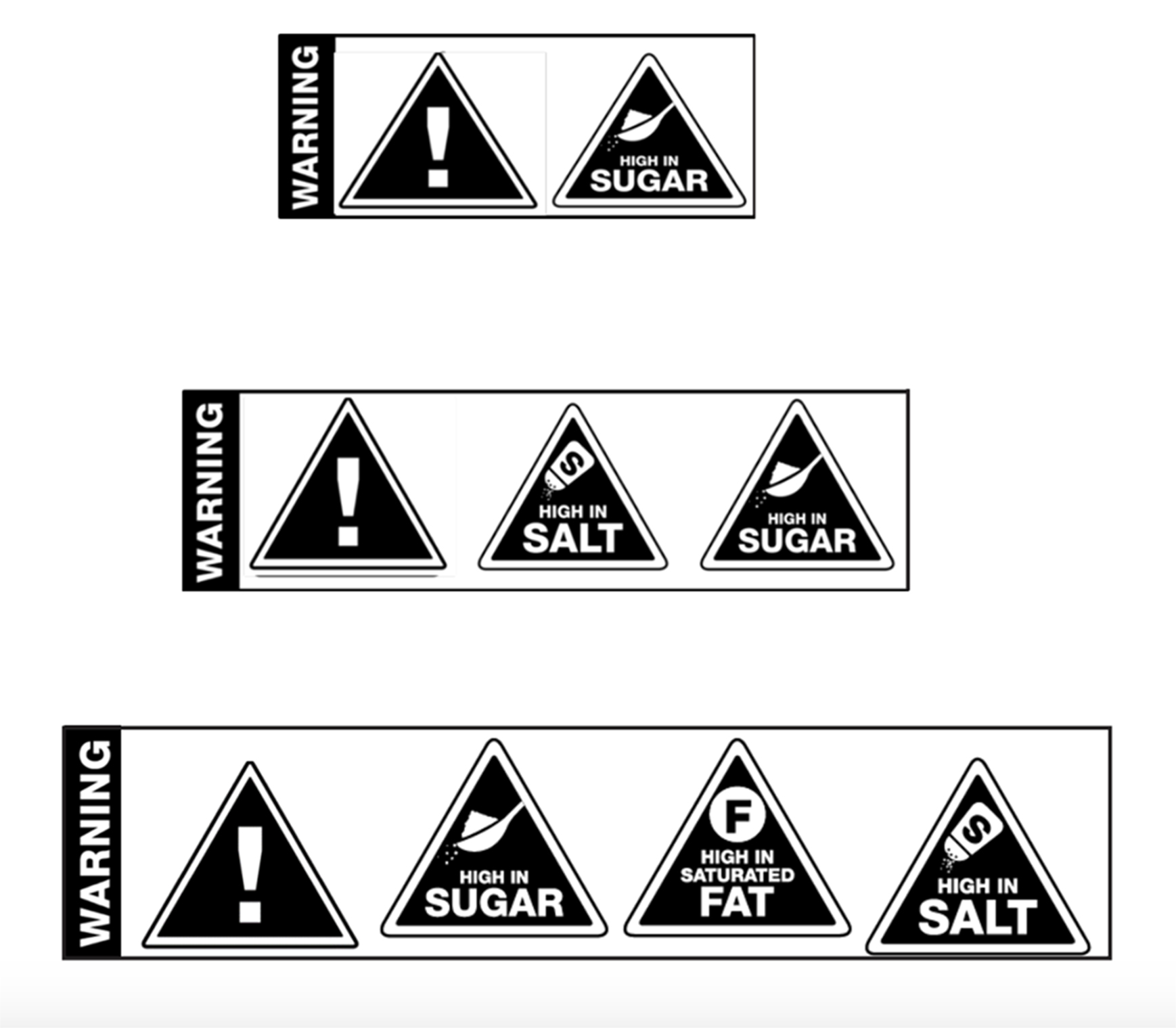
MONEY GUZZLER
Avoidable errors in new draft regulations on warning labels have cost South Africans more than R1m so far

The Health Department has published new draft regulations on warning labels for foods high in added sugars, unhealthy fats, salt and non-sugar sweeteners – again (and again). The latest, fourth draft was published before the end of the initial public comment window, and has cost taxpayers about three-quarters of a million rand more than necessary owing to the numerous versions. The new draft is open for public comment until 21 July 2023.
After a few false starts, the Health Department has republished new draft regulations on mandatory warning labels for prepackaged foods that are high in sugar, salt and unhealthy fats, and that contain artificial sweeteners. The regulations also restrict the marketing of unhealthy foods and drinks to children.
Though the department had already published the long-awaited (since 2014) draft regulations on 31 January, it has since published three newer versions within 10 days: A second, edited version was published on 14 April but lacked a (ministerial) signature, and a third version was published on 21 April with an incorrect regulation number. The fourth and latest version, R3337, was also gazetted on 21 April and is allegedly the “correct” one. A new three-month period for public comment is open until 21 July 2023.
According to health advocacy group Healthy Living Alliance (HEALA), the two most important aspects of the imminent legislation – introducing strict labelling regulations for packaged foodstuffs, and restrictions on marketing unhealthy foods and drinks to children – remain unchanged between the first and the most recent version. HEALA’s Angelika Peczak told Maverick Citizen that despite the numerous drafts published by the department, “HEALA is pleased to see that the essence has not changed”.
The World Health Organization (WHO) began urging countries to implement labelling regulations in 2004, and to introduce restrictions on marketing to children of unhealthy products in 2010. (The WHO updated its guidance to countries on marketing restrictions in March 2023, introducing a Nutrient Profiling Model [NPM] to help countries classify food products and determine whether they are healthy enough to be advertised to children.)
It has been a long wait for South Africa to act on the WHO’s guidance on regulations relating to unhealthy foods and drinks (the current labelling regulation, R429, was introduced in 2014), which nutritionists say are driving South Africa’s obesity epidemic as well as the many diseases for which people are at greater risk because of overweight or obesity. These include type 2 diabetes, hypertension, cardiovascular diseases and some cancers. Type 2 diabetes is the leading cause of death among women in South Africa.
Isabella Mazzone, an attorney specialising in food and consumer law at Hahn & Hahn Attorneys in Pretoria, told Maverick Citizen that the Health Department had received complaints from “various stakeholders and industry bodies” regarding “the numerous issues” found in the initial R2986 draft regulation, in the weeks immediately following the 31 January publication.
Mazzone said it was uncertain whether industry complaints – circulated among different companies via social media and in emails sent to the Department of Health – had prompted the department to say that R2986 was an “incorrect” version that had been published (the inference being that the department was yielding to industry objections to the new regulations). This version of events was only given to those in industry who asked the department via email, Mazzone said (the department did not release an official statement about the changes), and who “were lucky enough to receive a response”.
Without the department confirming or explaining anything to the public, the second version of the regulation was published on 14 April 2023, 16 days before the end of the initial three-month comment period (30 April 2023).
Listen to Maverick Citizen’s food justice podcast, What’s Eating Us
On 9 May, Maverick Citizen asked the department to explain why a new draft had superseded the original before the end of the initial public-comment period, and to explain the process, but had not received a reply by the time of this article’s publication.
Mazzone also pointed out that these errors have cost taxpayers about R750,000 more than necessary so far. “It is incredibly costly to publish in the Government Gazette so many times due to some fairly avoidable errors,” she said.
“As per the government gazette tariff rates, it costs R1,008.80 per full page in order to publish in the gazette. Accordingly, the 249-page document, which has been published four different times, has already cost South African citizens over R1-million.”

The FOPL shall include symbols for any nutrient of concern exceeding the nutrient cutoffs specified by the NPM criteria and reflect the symbol correlating with each nutrient that is in excess, as detailed below:
i) Figure 2.1 must appear on any foodstuffs that exceed the threshold set for total sugar.
ii) Figure 2.2 must appear on any foodstuffs that exceed the threshold set for total saturated fat.
iii) Figure 2.3 must appear on any foodstuffs that exceed the threshold set for total sodium.
iv) Figure 2.4 must appear on any foodstuffs that contain artificial sweetener.

The exclamation triangle must appear on the left side of the holding strap. Additional logos must appear next to the exclamation triangle from left to right.
What’s on the warning labels?
Prepackaged foods will need to carry a front-of-pack warning label if they contain more than the “cut-off values” for sugars, saturated fat and salt. The triangular, black-and-white warning logos must appear at the top-right on the front of the package (there are other specifications for different package sizes and shapes). Labels all start with the word “WARNING” on the left of a holding strap that contains the triangles. The labels must be displayed on the front or main panel of the package, and must cover a quarter (25%) of that surface. The order of the warning logos must use the exclamation mark “as the first, anchoring logo” and be followed by sugar, saturated fat, sodium and then (if applicable) artificial sweeteners.
(The cut-off values are: more than 10g of total sugar per 100g or more than 5g per 100ml, more than 4g of saturated fatty acids per 100g or 3g per 100ml, and more than 400mg of sodium per 100g or 100mg per 100ml.)
Any amount of artificial sweetener added to foods or drinks will require a warning label. This means that sweetened carbonated drinks containing both sugar and artificial sweeteners (which most do since the introduction of the sugar tax in 2018) will need to carry warning labels for both those ingredients.
What’s in the marketing restrictions?
The marketing restrictions will apply to “any packaged food item” carrying a front-of-pack warning label under the new system. The package, label or advertisement of those packaged foods “may not depict or contain reference to any celebrities, sports stars, cartoon-type character, puppet, computer animation or similar strategy”. In addition, their package, label or advertisement may not contain “a competition or a token, gift or collectable items which appeal to children, and may not “abuse positive family values such as portraying any happy, caring family scenario” in order to encourage children, especially, to buy or consume them. (Further details describe a range of prohibitions on products’ potentially misleading suggestions, for example promoting “an inactive lifestyle”, representing a product as a substitute for meals, or “creating a sense of urgency designed to encourage purchase or consumption”.
Read more in Daily Maverick:
Redefining food safety: SA’s laws governing food advertising aimed at children need to be jacked up
Also, any advertising of products with front-of-pack warning labels must also include the logos of the warning labels, and those adverts must also carry a “warning in capital letters on visual or multimedia advertisements or at the end of audio advertisement”.
HEALA’s Peczak said “the inclusion of front-of-package warning labels on unhealthy food and the marketing restrictions of these foods is a great step forward in the fight against noncommunicable diseases in South Africa. People deserve to know what is in their food without being manipulated by the food and beverage industry so that they can start making healthier food choices.”
Several countries around the world have introduced food-labelling laws designed to help consumers restrict their consumption of less-healthy foods and drinks. Countries that have introduced mandatory warning labels to support consumers’ healthier choices include Chile, Peru, Israel and Mexico.
The timeline for a final version of the regulation is not yet clear, given the deferral of the public comment period, but Maverick Citizen sources expect the new labelling and marketing restrictions to come into effect in 2025. DM/MC
Notes:
- On 21 April 2023, the Department of Health released Regulation 3337 – the latest Regulations Relating to the Labelling and Advertising of Foodstuffs;
- R3337 replaces R2986, R3287, and R3320;
- For comments on the regulation, “Interested persons are invited to submit any substantiated comments or representations on the proposed regulations, to the Director-General of Health, Private Bag X828, Pretoria, 0001 (for the attention of the Director: Food Control), by email to [email protected] within three months of the date of publication of this Notice”;
- The deadline for public comment is 21 July 2023;
- The 249-page regulation contains five sections plus annexures specifying the warning label formats and other technical details:
- Part 1 deals with “general provisions”: what the packaging looks like and how the product is identified;
- Part 2 itemises “special provisions” on ingredients, labelling of additives including flavourings, preservatives and substances used in procession, allergens, and nutritional information facts;
- Part 3 spells out “nutrient profiling model” specifications (the basis for stating that a product is “high” in a certain nutrient) and – crucially for health advocates – marketing restrictions for foodstuffs that may not be advertised to children;
- Part 4 goes into “nutrition” claims (energy, fibre, protein, glycaemic index and load, etc.); and
- Part 5 looks at “health” claims, including “reduction of disease risk”, and health claims relating to weight loss, oral health, and the “wholegrain” concept.
Adèle Sulcas writes about food, health and science for Daily Maverick, and is consulting editor to the SAMRC Centre for Health Economics and Decision Science (PRICELESS SA) at the University of the Witwatersrand.




















 Become an Insider
Become an Insider
Comments - Please login in order to comment.